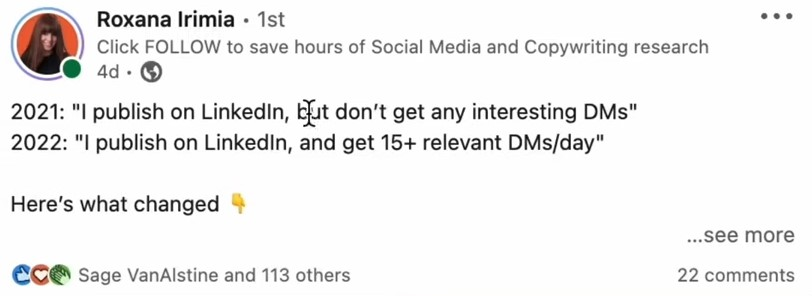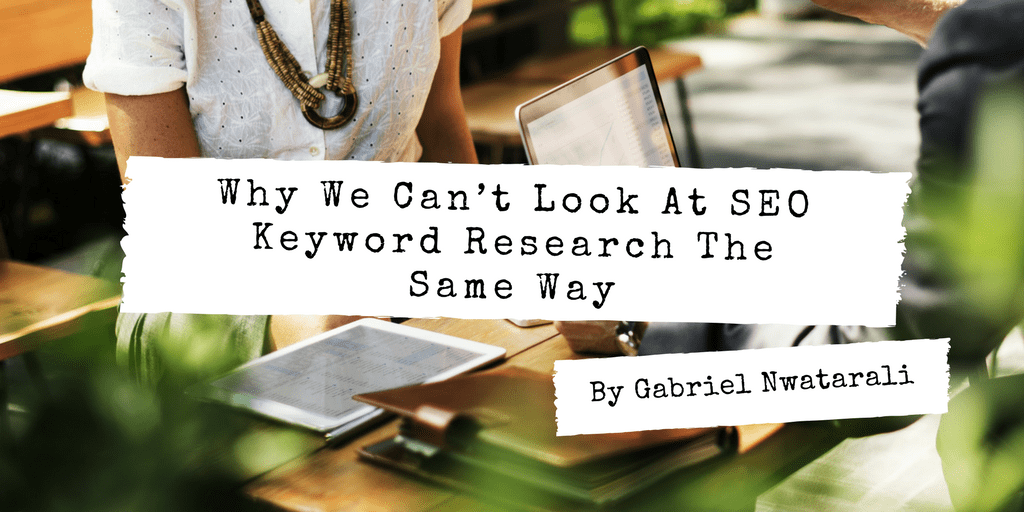Understanding the LinkedIn algorithm can be a secret weapon. This understanding can drastically increase your visibility and engagement, whether you’re a job seeker, content creator, or business. So, how does the LinkedIn algorithm work?
Well, unlike most social media networks, LinkedIn’s algorithm emphasizes professional relevance over virality. This distinct focus differentiates the platform from many others that prioritize entertainment-centric content.
It also means focusing on sharing content that aligns with your expertise is crucial.
What is An Algorithm?
At its core, an algorithm is a set of step-by-step instructions designed to perform specific tasks or solve particular problems. Think of it as a recipe for cooking, guiding you through each stage to achieve a desired outcome.
Regarding social media and digital platforms, algorithms determine what content appears on your feed, in what order, and how often.
These algorithms use various factors and data, such as user behavior, engagement rates, and content relevance, to curate a personalized experience for each user. Their primary goal is to present information or content most likely to resonate with the person, ensuring they remain engaged and continue to use the platform.
In the context of LinkedIn, its algorithm prioritizes professional relevance, ensuring that users receive content that’s not just interesting but also beneficial for their careers.
The company even published an article about viral content spam where it noted: “LinkedIn is not designed for virality.”
So, if you’re looking to make a meaningful impact on the platform, share posts that align with the people you want to reach.
The LinkedIn Algorithm
Here’s a detailed look at how the LinkedIn algorithm works.
1. Content Categorization
Whenever you post content on LinkedIn, the platform swiftly classifies your content into one of the following categories.
- Spam: These are posts that LinkedIn deems in violation of their spam guidelines or other community rules (e.g., irrelevant, overly promotional, harmful, etc.). Such content receives minimal engagement.
- Low Quality: Content that isn’t reliable or doesn’t motivate users to spend time on the platform falls under this category.
- Clear: This is the gold standard for content. LinkedIn categorizes posts as ‘clear’ when they are easy to understand, readable, engaging, actionable, and relatable.
2. Interaction Assessment
LinkedIn values interaction above all. The more engagement your post receives in the form of comments, likes, and shares, the better.
However, not all engagement is equal. The algorithm values meaningful engagement above all, which means thoughtful comments from users outweigh likes and shares.
Further, some people tag others in hopes that it would boost their post engagement. However, tagging someone and not receiving a response from them can negatively impact your post’s reach. So, it’s best to avoid it unless you know the person will comment.
3. Dwell Time
The amount of time users spend on your post plays a pivotal role in determining its reach.
And every feed update results in two kinds of dwell time.
- The first, “on the feed,” measures the time when half of an update is visible as someone scrolls.
- The second, “after the click,” tracks the time spent on content post-clicking on an update.
Post length is one of the factors that can influence dwell time. But you must captivate your audience from the start, enticing them to click the “see more” option.
So, a compelling hook is vital.
Here’s a great example:

The first sentence of your LinkedIn post is paramount; it grabs your reader’s attention.
Remember, every “see more” click is equivalent to receiving a ‘like’ on your post in terms of engagement value.
4. Profile Indexing
Are you easily discoverable on LinkedIn? Because your profile optimization plays a crucial role, too.
LinkedIn’s primary mission is to foster connections between professionals with shared interests or complementary skills.
Optimizing your profile with relevant keywords can make you more searchable and enhance the views on your content.
5. The SSI (Social Selling Index) Factor
Think of SSI as a reflection of your LinkedIn ‘swag.’
Derived from your activities and behavior on LinkedIn, a high SSI score can substantially elevate your content’s reach. It’s a testament to your active and meaningful participation, quantifying your importance on the platform.
Curious about your SSI score?
You can check it for free by visiting The Social Selling Index page.
If you rank in the top 10% or boast a commendable SSI score, the algorithm rewards you by promoting your content more.
How LinkedIn Prioritizes Relevant Content
Three primary factors influence the visibility of your post, and these are as follows.
Connection Strength
LinkedIn focuses on ensuring your immediate connections engage more with your content. In essence, the closer your connection with a follower, the higher the chances they’ll see your post.
That can also include individuals you’ve had past interactions with within your broader network. Aspects like your skills and the location on your profile matter, too.
Content Relevance
At this stage, LinkedIn evaluates relevance by monitoring the post’s success with others on the platform.
Key indicators may include:
- The content’s language.
- The topic’s relevance aligned with the connection strength mentioned above.
- The frequency of views and interactions with the content.
- The content’s value or whether it shares expertise or professional insights.
- The quality and professionalism of discussions in the comments.
- Mentions of specific companies, individuals, and themes.
Final Thoughts
Understanding the LinkedIn algorithm isn’t about ****** the system. It’s about crafting and sharing content that resonates with your target audience while maximizing the platform’s features.
So stay genuine and stay engaged. The platform is one gigantic value-driven community.
Thanks for reading our article, How Does The LinkedIn Algorithm Work? Please share if you found it useful, and Good luck.

I’m a freelance copywriter and SEO specialist. I aim to empower individuals and businesses with impactful marketing solutions and insights. In my downtime, I recharge by embracing the beauty of nature or cherishing moments with my loved ones. If you found value in this post, please consider sharing it.
Want a heads-up whenever a new article drops? Subscribe here






![How Much Does a Website Cost in [year]? Business and shoppers depicted in various frames.](https://techhelp.ca/wp-content/uploads/2023/09/how-much-does-a-website-cost-img-225x112.jpg)